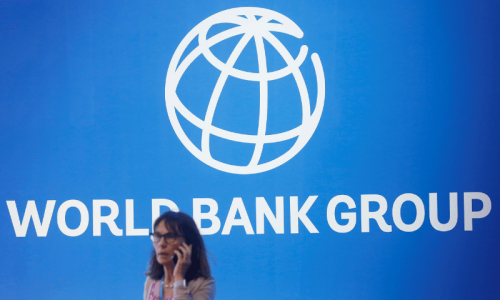MANY would tend to describe a new report warning that the country is headed for “inevitable default”, which will start a “spiral”, as alarmist. But the advisory firm Tabadlab’s analysis of Pakistan’s mounting debt load as a “raging fire” rightly underscores the debt’s unsustainable trajectory. The consequences of this debt are already showing in diminished economic growth and restricted public spending on essential public services and development projects. The failure of successive governments to undertake reforms to tame the elevated budget deficit by boosting revenues and cutting wasteful spending has now pushed the country into a deep debt trap, requiring the authorities to borrow more to fill the financing gap and pay off existing loans. No wonder, according to the study, Pakistan’s external debt has nearly doubled to $124.6bn and its domestic debt increased six-fold in nominal terms to $146.4bn since 2011, with total external and domestic loans and liabilities rising from $145.7bn to $271bn. That means per capita debt has increased 36pc from $823 to $1,123, while per capita GDP declined 6pc from $1,295 to $1,224 in the same time frame. The report shows that Pakistan’s borrowing and spending habits are unsustainable as debt accumulation has been overwhelmingly used to continue to foster a consumption-focused, import-addicted economy, without investment in productive sectors or industry. Hence, interest payments as a share of GDP are at an all-time high.
If the government wants to reduce the debt burden to create fiscal space for demands pertaining to social protection, health, education, and climate-related disasters and adaptation strategies, it must undertake reforms to address Pakistan’s entrenched challenges. With a new government set to take the reins of a moribund economy, an effective, sustainable management of the fiscal and current deficits must top the reforms agenda to gradually reduce the financing gap and borrowing needs. That goal cannot be achieved without undertaking tax reforms to broaden the net and boost tax-to-GDP ratio to at least 15-20pc in the next few years, cutting wasteful spending, and privatising loss-making public-sector businesses. Also, the new set-up is expected to drastically improve the business environment in order to attract FDI to export industries. The next government’s resolve to implement reforms to manage the massive debt and stabilise the economy will soon be tested when it starts discussions with the IMF for another loan.
Published in Dawn, February 23rd, 2024










































